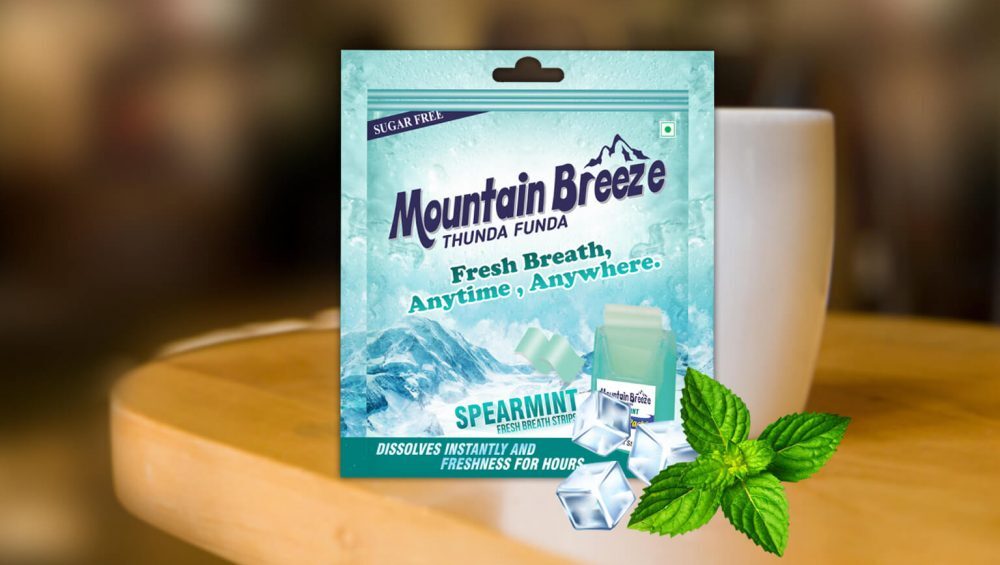Did you know that 25% of the global population suffers from bad breath? It’s more than just a personal issue—it can affect social interactions significantly. Mouth fresheners, those convenient little tools we carry around, can help. Beyond masking bad breath, they play a vital role in oral health. From mints to sprays, these fresheners fight bacteria, encourage saliva production, and support overall oral hygiene. So, the next time you use one, remember: it’s not just about fresh breath but also contributing to your oral health.
How Do Mouth Fresheners Work?
Mouth fresheners work through several mechanisms. Firstly, they mask bad breath using ingredients like menthol and peppermint, providing immediate relief. Secondly, they stimulate saliva production, which helps cleanse the mouth and neutralize acids. Some fresheners, like sugar-free gum containing xylitol, go a step further by inhibiting bacterial growth. These combined actions make mouth fresheners valuable tools in maintaining oral hygiene. So, when you reach for that mint, remember you’re not just freshening your breath—you’re also supporting your oral health.
Benefits of Mouth Fresheners for Oral Health
- Combat Bad Breath: Mouth fresheners effectively mask unpleasant odors, giving instant relief from bad breath, enhancing confidence and social interactions.
- Stimulate Saliva Production: Many mouth fresheners increase saliva flow, which helps wash away food particles, reduce plaque, and balance mouth acidity, all of which contribute to better oral health.
- Reduce Bacteria: Sugar-free options with ingredients like xylitol inhibit bacterial growth, helping to prevent plaque buildup and reduce the risk of tooth decay and gum disease.
- Maintain pH Balance: Certain mouth fresheners help maintain a healthy mouth pH, creating an environment that discourages harmful bacterial growth.
- Convenience: Portable and easy to use, mouth fresheners offer a quick way to maintain oral cleanliness and freshness throughout the day.
Drawbacks of Mouth Fresheners
- Temporary Solution: Mouth fresheners often provide only temporary relief, requiring frequent use to maintain freshness without addressing the root cause of bad breath.
- Masking Underlying Issues: While they cover up bad breath, they don’t treat the underlying causes like poor oral hygiene, cavities, or health conditions, potentially giving a false sense of security.
- Sugar Content: Some fresheners, especially candies and lozenges, may contain high levels of sugar, contributing to tooth decay when used excessively.
- Alcohol Content: Mouthwashes containing alcohol can dry out the mouth and disrupt its natural bacterial balance, which may worsen bad breath over time.
- Potential Side Effects: Overuse, particularly of strong menthol or peppermint-based fresheners, can cause irritation, dryness, or even allergic reactions in sensitive individuals.
Tips for Using Mouth Fresheners Responsibly
- Maintain Good Oral Hygiene: Use mouth fresheners as a supplement, not a replacement, for regular oral care. Brush, floss, and rinse with water consistently to ensure lasting oral health.
- Check Ingredients: Opt for sugar-free products or those with xylitol, which can help fight bacteria. Avoid mouth fresheners with high sugar content or alcohol if you have a dry or sensitive mouth.
- Use in Moderation: Don’t rely on mouth fresheners too much. Excessive use can upset the balance of healthy bacteria and lead to dry mouth or irritation.
- Address Persistent Bad Breath: If your bad breath persists, consult a dentist to identify any dental or health issues like gum disease or cavities that might be causing the problem.
- Stay Hydrated: Drinking water helps stimulate saliva, naturally cleansing the mouth and reducing the need for frequent mouth freshener use.
Final Thoughts
Mouth fresheners are great for providing quick, fresh breath and offering some benefits for oral health. However, they should not replace proper oral hygiene practices. Regular brushing, flossing, and dental visits remain crucial for long-term oral health. If you have concerns about your oral care routine, consult your dentist to ensure you’re taking the best steps for your dental health.














